Editor’s Note: This story was originally published in the Winter Issue of Life & Thyme.
——
When the temperature drops and the season begins shifting from autumn to winter, a certain excitement begins to fill the air. From the hustle and bustle of holiday shopping, to travel plans to reunite with family (or simply get away), the winter months are about closing out the year and starting anew.
During this season, a sense of joy, togetherness and warmth will be shared amongst friends and strangers alike. Enchanting smells of cinnamon and cloves will waft out of kitchens, steaming cups of goodness will be cradled between mitten-covered hands and simple pleasantries and smiles will be shared more easily. Around the world, the winter season will be celebrated.
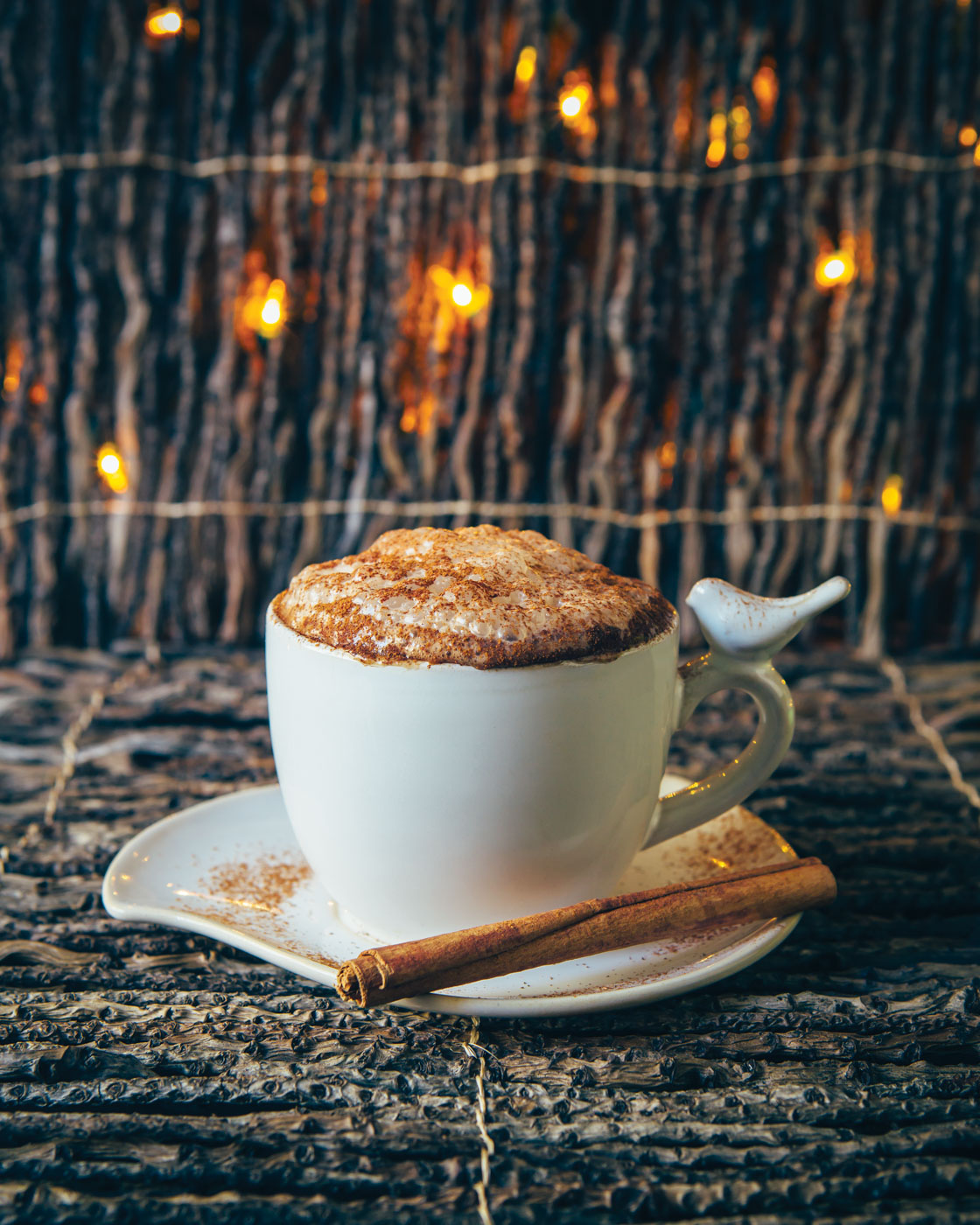
Mexican Hot Chocolate
According to Mexican legend, a woman could turn the heads of eligible suitors if she was able to make a considerable amount of foam––using a wooden tool called a molinillo––when making hot chocolate. If she failed, she was basically out of luck. True or not, thankfully we now have electric milk frothers and many happy, foamy cups of Mexican hot chocolate. Purists will tell you, what matters most when making this version of hot chocolate is the chocolate itself. Mexican-style chocolate—made with roasted and ground cacao beans, sugar and cinnamon––is traditionally used. A pinch of chili powder adds the right amount of heat to warm things up in the winter. Suitors need not apply.
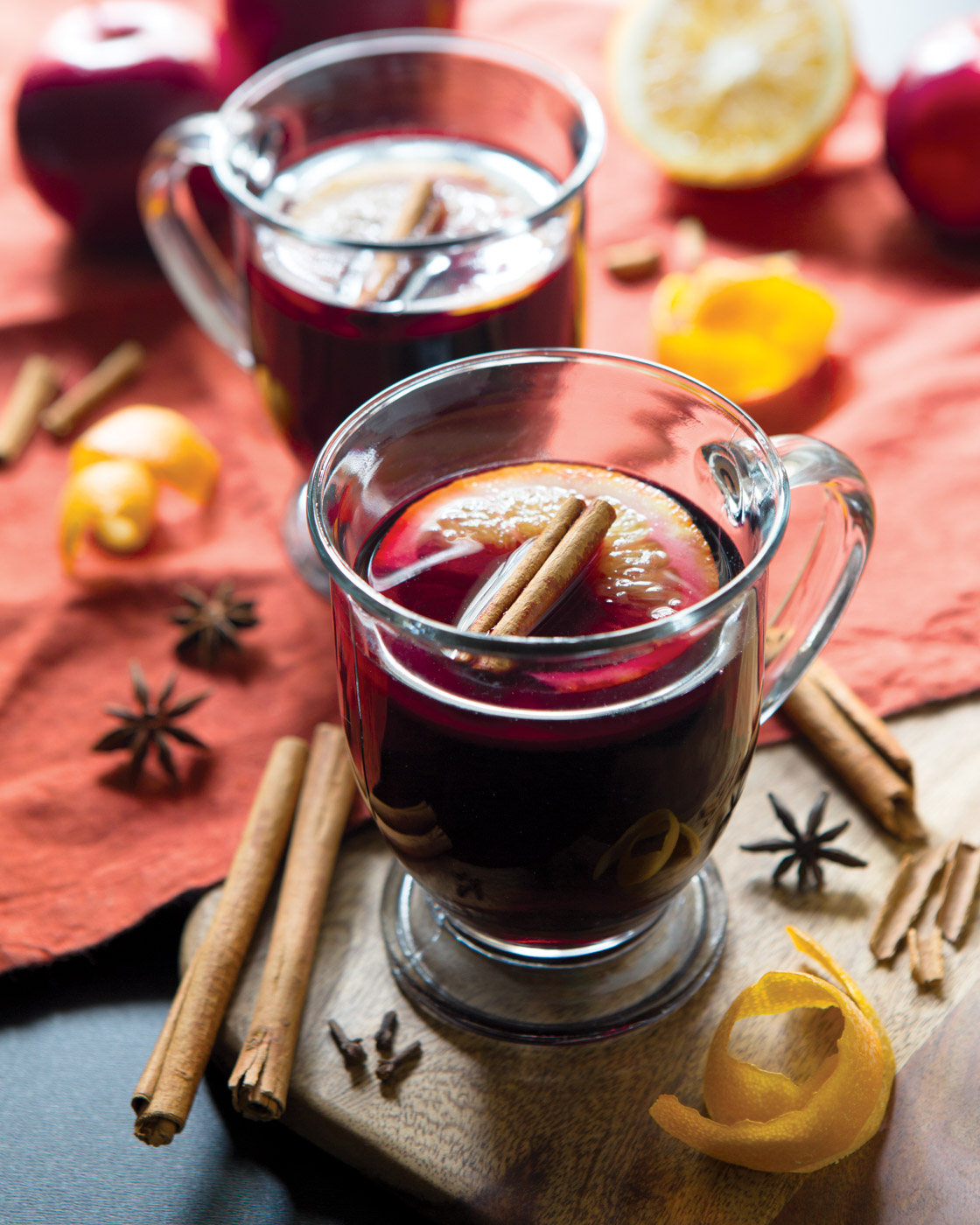
Mulled Wine
Dating as far back as the second century, the first recorded accounts of heated, spiced wine were found in Rome. Conquering much of Europe, the vast Roman legions brought their recipes with them and today, this traditional winter beverage is a popular choice across many countries and cultures. Mulled wine––also known as glühwein, glögg, and an assortment of other names depending on location––is typically made with red wine along with various mulling spices: cinnamon, cloves, nutmeg, star anise, vanilla (to name a few), as well as citrus. Enjoyed throughout Europe, parts of South America and Canada, mulled wine is served hot or warm, and is a favored way to warm up during the cold winter months.
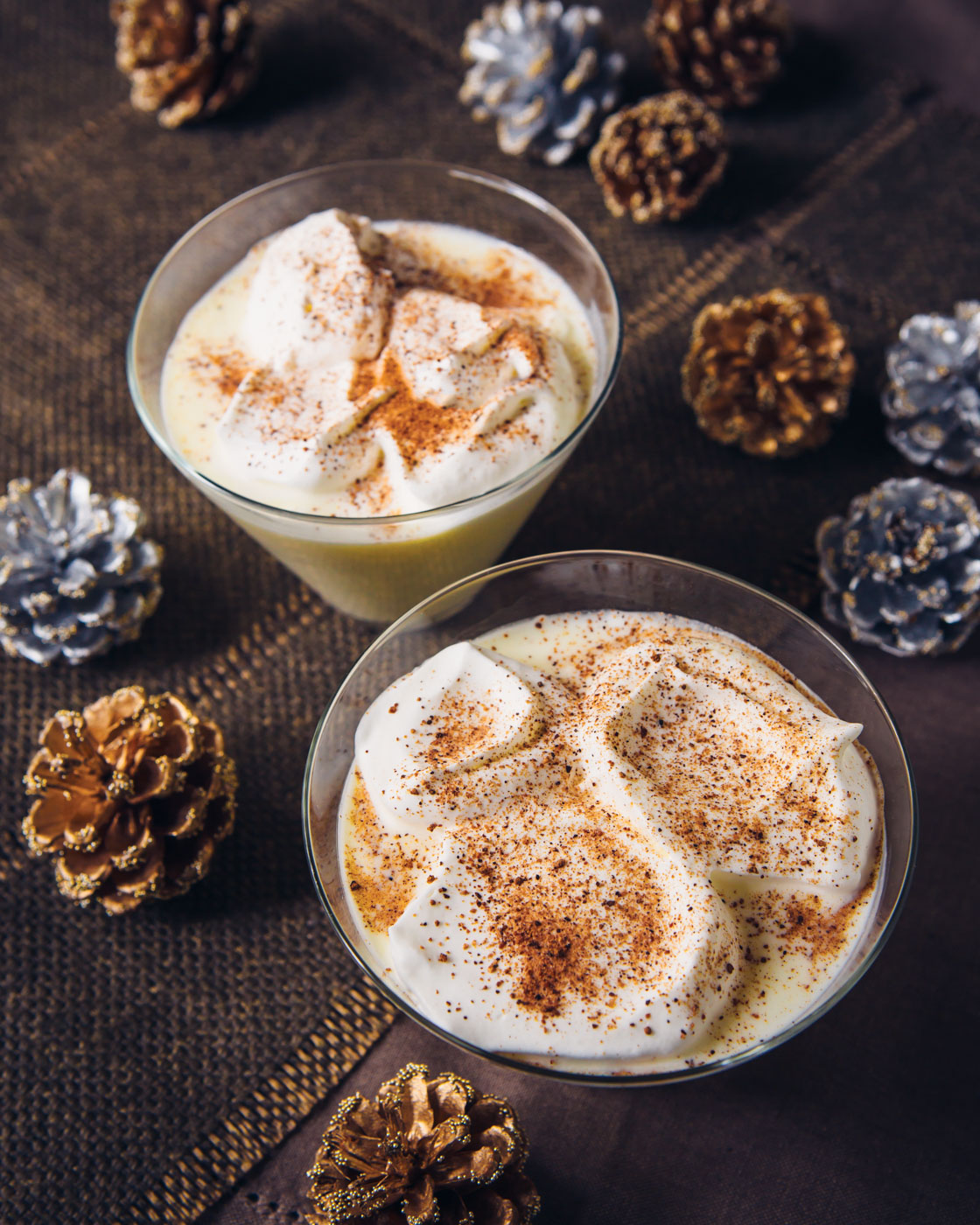
Egg Nog
Once cartons of eggnog begin appearing in the milk aisle, you know the holidays are officially here. Nothing kicks off the season––and feelings of nostalgia––quite like a glass of this chilled, custardy drink. Traditionally made with milk, cream, sugar, eggs, vanilla and nutmeg, eggnog originated in England and was popular amongst the aristocracy who mixed it with brandy, sherry or Madeira. When the British crossed the Atlantic to set up colonies in the New World, they brought eggnog with them. Heavy taxes on brandy made rum the cost-effective liquor of choice, though bourbon as a substitute also became popular in the U.S. In North America, eggnog is enjoyed every year from November through the end of the Christmas season. Sprinkled with cinnamon or nutmeg––or topped with a generous dollop of sweetened whipped cream––eggnog makes for a quintessential holiday beverage.
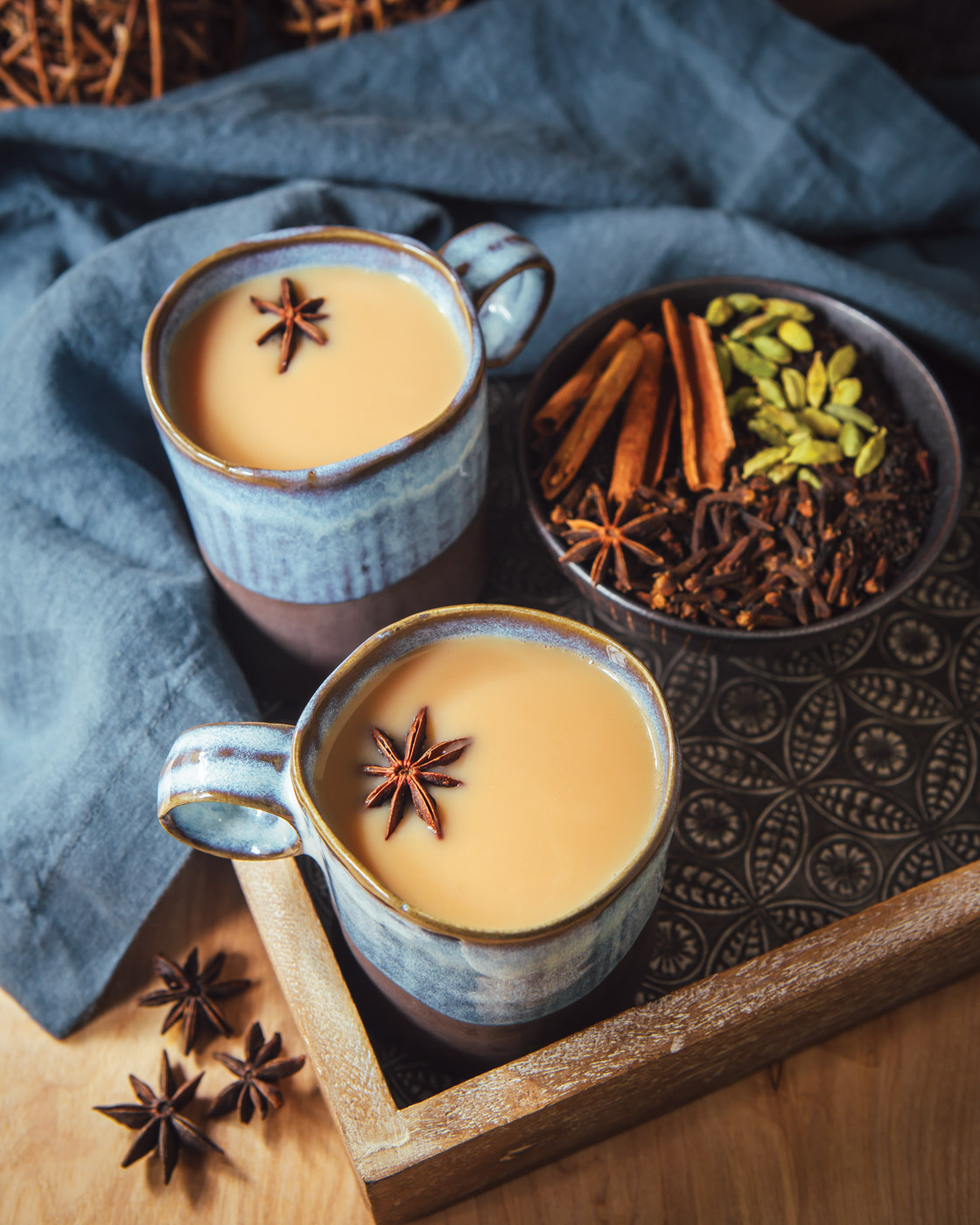
Masala Chai
With its intoxicating aroma of spices, it’s no wonder masala chai has become popular worldwide. Originating in India and literally meaning “mixed-spice tea,” masala chai is commonly flavored with green cardamom, cinnamon, fennel seeds, cloves and ginger. However, there’s no fixed recipe, as variations differ across regions. Although extremely common today, masala chai wasn’t always the drink of choice on the subcontinent. Historically, Indians viewed tea as more of an herbal medicine than of a recreational drink; the colonization of India by Britain would soon change things. The British East India Company––concerned about China’s monopoly on tea––pushed the consumption of tea within India. English-style tea, made with small additions of milk and sugar, was promoted and served. However, independent vendors began adding spices, creating the now popular masala chai enjoyed both in India and around the world.
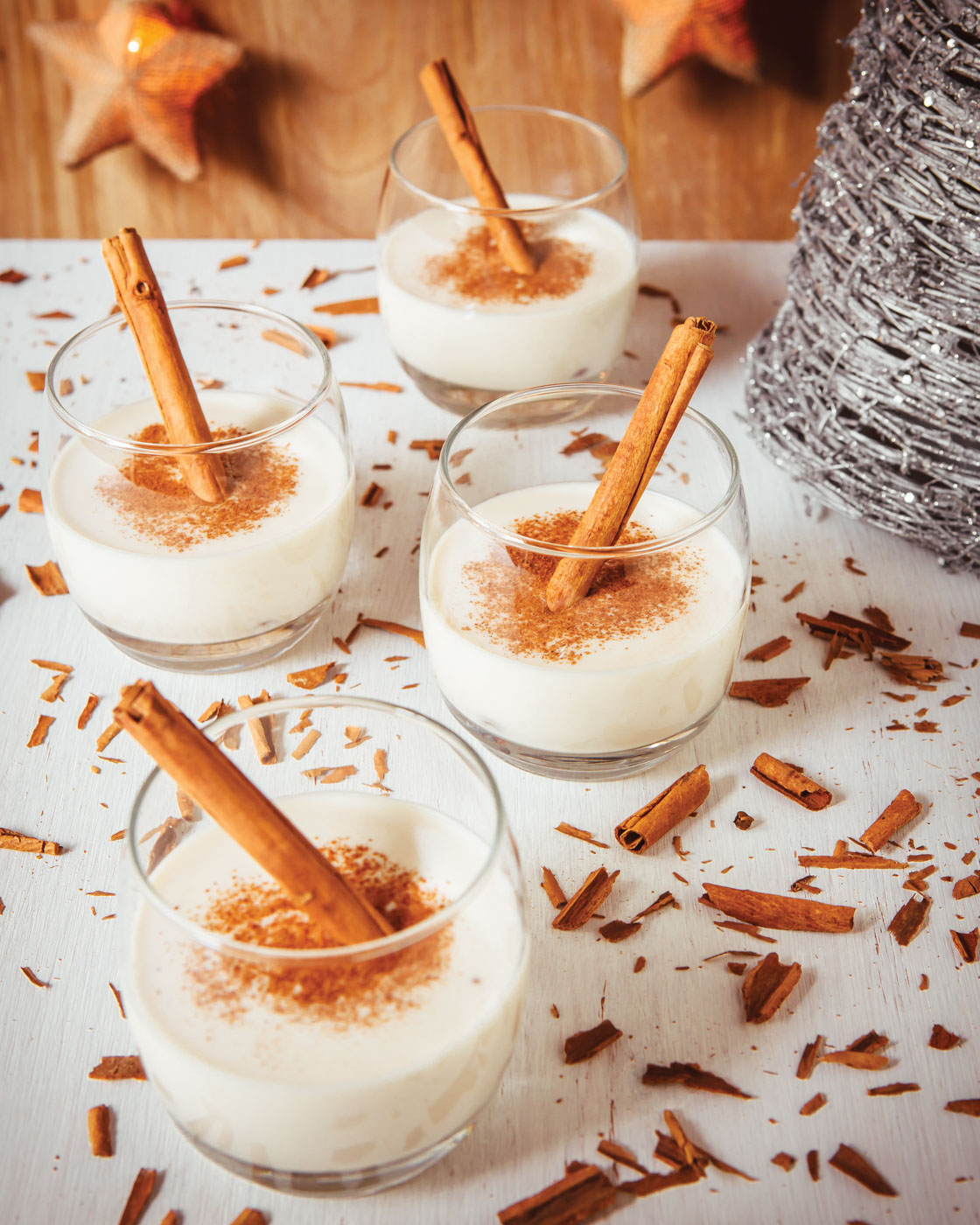
Coquito
Winters in the Caribbean are typically signified by warm breezes, abundant sunshine and palm trees dressed in twinkling lights. In Puerto Rico, from pre-Christmas through Three Kings Day, this time of year is taken very seriously––and the drink commonly associated with the seasons’ festivities is coquito. Though some call it “Puerto Rican eggnog,” traditional coquito is not made with eggs. Coconut milk, coconut cream, sweetened condensed milk and cinnamon are the drink’s main ingredients, along with a healthy dose of Puerto Rican rum. Sometimes, pitorro––referred to as “moonshine rum” and is usually much stronger than commercial rum––is substituted as its alcohol base. Variations of coquito can be found around the Caribbean and Latin America, but getting a sip of the authentic version requires a trip to Puerto Rico. So if you find yourself on la isla del encanto during the holidays, be sure to get a taste of the island’s holiday spirit.

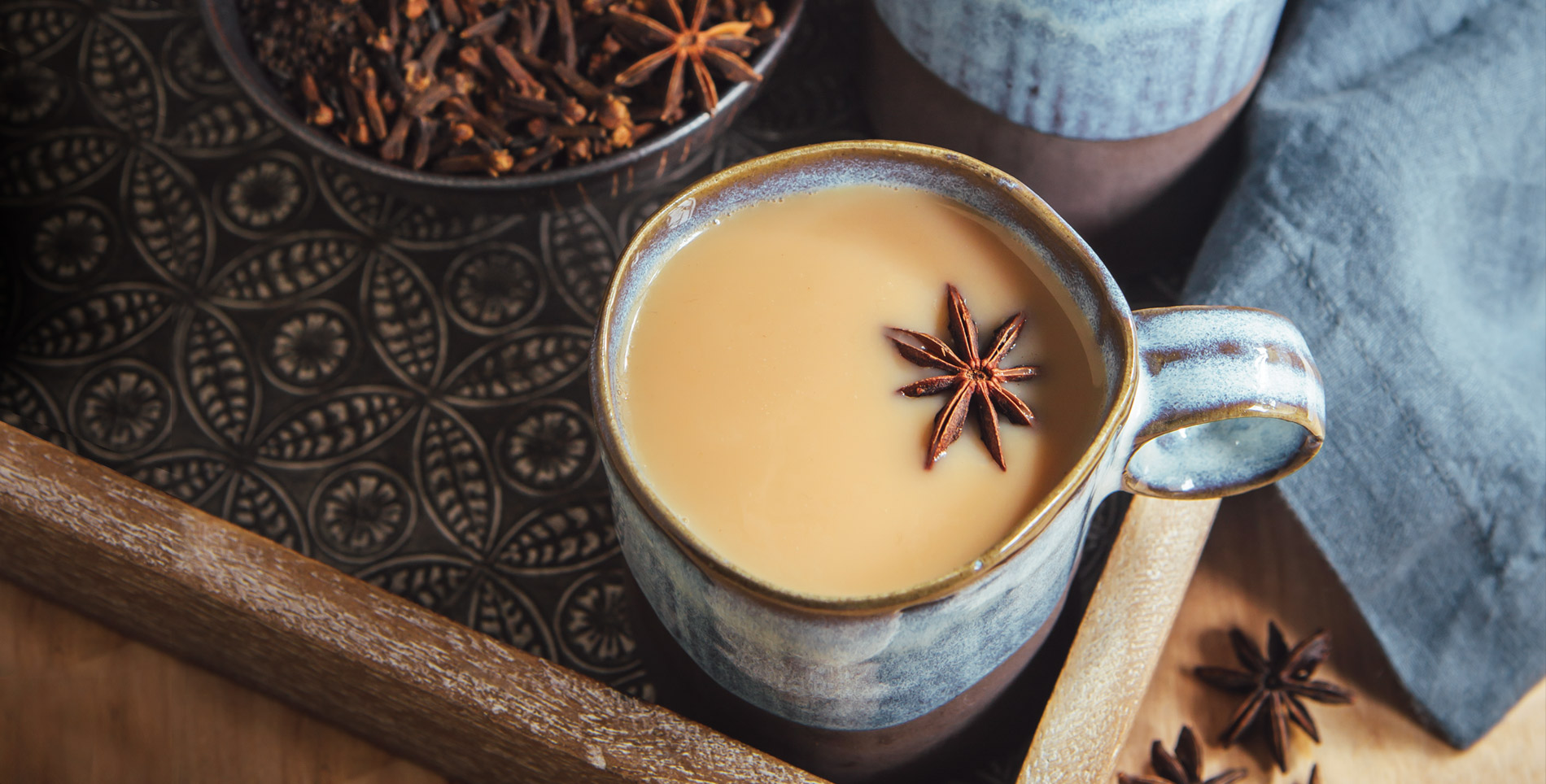

Our comments section is for members only.
Join today to gain exclusive access.